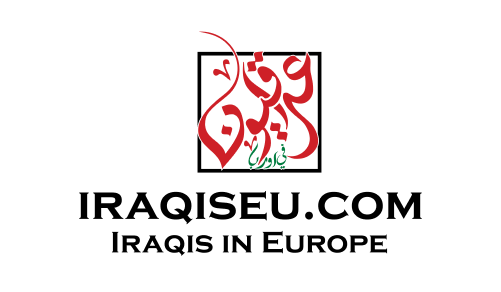Amsterdam is an international meeting place this week. This is not because of Fashion Week, which will take place in a few weeks, but because of the celebration of Sail Amsterdam 2025. This maritime event returned after ten years of absence, the pandemie threw a spanner in the works in 2020, and coincides with the 750th anniversary of the city.
More than forty historic ships docked in the port, including the training ship of the Peruvian Navy. This opportunity was used to promote the cultural heritage of the country, with fashion playing a leading role.
In a parallel program of cultural and commercial diplomacy, in honor of 200 years of relations between Peru and the Netherlands, a workshop was offered on the Peruvian textile tradition and its role in the global fashion industry.
This master class, led by Grace Wouters, co-founder of Knitlab Peru, was aimed at designers, students, journalists and professionals from the sector. During the master class, fibers such as alpaca and Pima cotton, together with age-old weaving techniques, were highlighted. The aim was to inspire new international collaborations in the field of sustainability and responsible luxury.
The master class started with a trip back in time, to a time when stories were already told with threads and needles in Peru. The fabrics were more than just clothing, they were symbols of power, holy sacrifices and expressions of collective identity.
In the Paracas culture, around 800 BC, embroidery works as living stories. Scenes were sewn on dust with threads painted in lively colors, obtained from plants, minerals and even insects.
Centuries later, in the Inca-rich, textile could have more value than gold. The ACLLA women devoted their lives to creating pieces for the nobility. Hierarchies, myths and status were coded in every design.
This tradition is not only a thing of the past. The same hands are still running spinning in the Andes communities. They tension threads on looms with a hip band – so that you can woven at any place – or they use stairweafs.
In addition, there is the legacy of natural paints, with roots, seeds and minerals that are converted into palettes of intense and sustainable colors. The shades are not only aesthetically impressive, but also have a deep symbolic value.
In the past, a color could be associated with a deity, an agricultural cycle or a social role. This made each piece a visual text full of meaning.
The natural luxury of alpaca and pima cotton
Every textile technique is an example of cultural memory and an inheritance that has been going on for thousands of years. Two fibers position Peru on the global fashion card: Alpaca and Pima cotton.
Alpacas, who have been bred in the Andes for more than 6,000 years, produce a fine, hypoallergenic and resistant fiber. It is considered softer than cashmere and used in collections of brands such as Prada, Miu Miu or Brunello Cucinelli.
The more than twenty natural shades reduce the need for paint processes, which contributes to the sustainable character. The name ‘Baby Alpaca’ refers to the first shave of an adult alpaca and not to the fiber of a young animal.
PIMA cotton is considered one of the highest high-quality cotton species with long and silky fibers. It is also known as the ‘Peruvian side’. Both raw materials are processed by communities that preserve the bond with the country and the respect for nature. They have become a synonym for responsible luxury.
This lesson made it clear that Peruvian textile are not pieces from the past that are exhibited in showcases. It is a living inheritance that still lives in communities, reinventing itself in Ateliers and find new routes to the worldwide catwalks.


